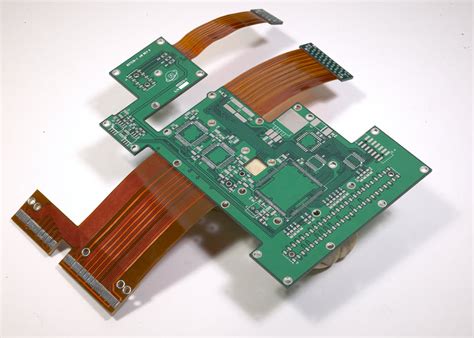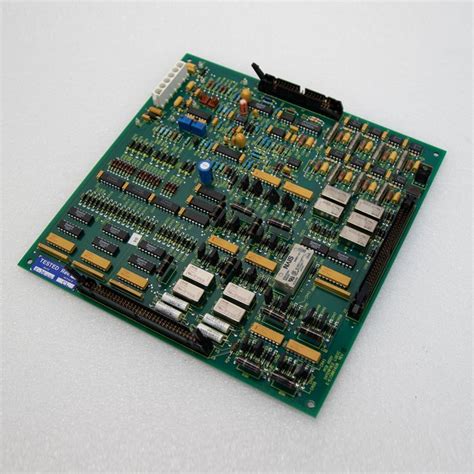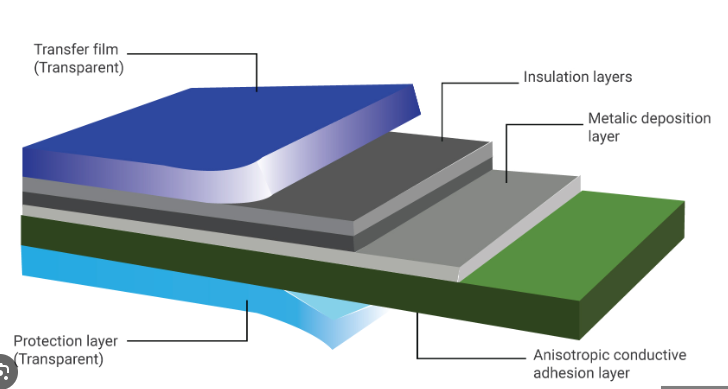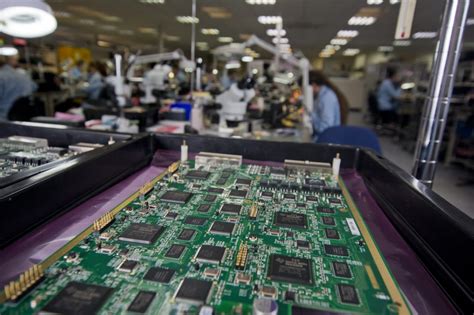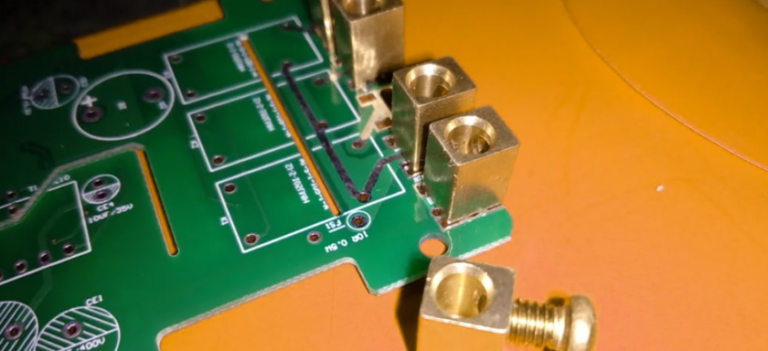Exploring the Advantages and Applications of Flex PCBs

Key Takeaways
In understanding the essentials of flex PCBs, you quickly recognize their significance in today’s pcb manufacturing landscape. The advent of flexible circuit technology has changed how products are designed and assembled, leading to greater innovation and efficiency. One of the primary benefits is the reduction in pcb manufacturing cost, as the lightweight materials often require fewer resources, ultimately delivering savings to businesses.
Moreover, collaborating with reliable pcb manufacturing companies allows you to tap into expertise and advanced techniques necessary for producing high-quality flex circuits. As the market’s demand grows, especially in sectors like consumer electronics, medical devices, and automotive applications, the need for a responsive pcb manufacturing business becomes increasingly evident.
The diverse applications that flex PCBs can accommodate are vast. For example, integrating them into compact devices facilitates better performance while minimizing space—critical in modern design. The flexibility offered supports varying shapes and sizes that rigid boards simply cannot match. Thus, by staying abreast of developments in flex PCB technology, you position yourself advantageously within a progressively demanding industry.
| Aspect | Details |
|---|---|
| Cost Efficiency | Reduced material needs |
| Applications | Electronics, automotive, medical |
| Flexibility | Designs accommodating diverse shapes |
| Industry Demand | Increasing across multiple sectors |
This overview encapsulates how recognizing these key advantages ensures that you remain informed about the ongoing transformations within pcb manufacturing, paving the way for future innovation in electronics design. For further insight into these flexible circuitry solutions and their applications, consider exploring resources offered by industry leaders like Andwin PCB.
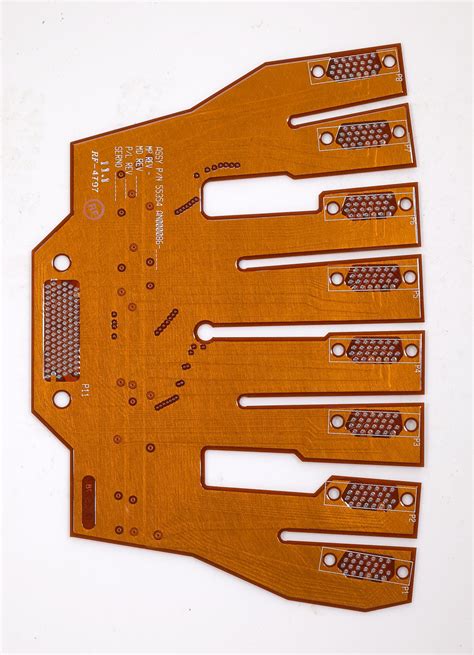
Introduction to Flex PCBs: Definition and Importance
Flex PCBs, or flexible printed circuit boards, are a revolutionary advancement in the realm of electronics. They are distinguished by their unique ability to bend, twist, and fold, which allows them to conform to various shapes and sizes. This flexibility makes them essential for modern applications where space is at a premium or when devices require intricate designs. By integrating multiple components in a compact format, flex PCBs play a crucial role in enhancing the performance of devices. Furthermore, the importance of flex PCB manufacturing cannot be overstated; it has created opportunities for pcb manufacturing companies to innovate and offer solutions that would have been unattainable with traditional rigid circuit boards.
The ever-growing demand for these circuits has resulted in heightened interest in the pcb manufacturing cost, which is influenced by material selection and design complexity. As a pcb manufacturing business, understanding these dynamics is key to remaining competitive. They must adapt to market trends that favor more versatile and durable designs. You might consider leveraging your knowledge in flexible circuitry solutions as you explore potential avenues for growth or investment within this sector. As you delve deeper into the world of flex PCBs, you’ll discover numerous possibilities that stretch beyond conventional electronics, reflecting their vital role in shaping future technologies.
“Embrace the evolution of technology by understanding how flex circuits can redefine your approach in electronics.”
Key Advantages of Flex PCBs in Modern Electronics
Flex PCBs offer a multitude of advantages that make them indispensable in modern electronics. One of the foremost benefits is their ability to save space and reduce weight, enabling more compact device designs without sacrificing performance. The inherent flexibility allows designers to fit these circuit boards into unconventional spaces, making them ideal for wearable technology, smartphones, and other portable devices. Additionally, the use of thin and lightweight materials contributes to lowering the pcb manufacturing cost, which is a critical factor when considering budget constraints in electronic projects. Furthermore, many pcb manufacturing companies are increasingly recognizing the advantages of flexible circuitry, leading to innovations in materials and processes that enhance durability and performance. The resilience of flex PCBs against bending and twisting significantly enhances reliability over traditional rigid boards, which is crucial for devices subjected to regular movement or stress. As your understanding of pcb manufacturing business evolves, it’s important to note that flex technology not only allows for innovative designs but also positions companies to meet growing consumer demands for compact and efficient electronics. This adaptability is contributing to the rising popularity and integration of flex PCBs in various applications across different industries, further emphasizing their role as a cornerstone in the future of electronics design.
Design Considerations for Flex PCB Development
When developing flex PCBs, several key considerations come into play that can significantly impact both the design and functionality of the final product. First, it is essential to select suitable materials that provide the necessary flexibility and durability; materials such as polyimide and polyester are popular choices in the pcb manufacturing process. The design should account for bending radiuses, as overly tight bends can cause stress and lead to failures in the circuitry. Additionally, you must consider the thickness of your layers; thinner layers often allow for better flexibility but can also be more challenging during pcb manufacturing due to their susceptibility to damage.
Understanding how components will be mounted is also vital. Surface-mount technology (SMT) is often preferred for flex designs because it allows components to lie flat against the surface, maintaining flexibility. An essential part of your design process should involve collaborating with reputable pcb manufacturing companies to ensure that your specifications are clear and achievable within your budget constraints. This collaboration can influence your overall pcb manufacturing cost, which you will need to keep in check, especially if you’re managing a pcb manufacturing business.
Furthermore, proper testing during the development phase is crucial; implementing stringent testing protocols helps ensure reliability under various conditions where flexibility might be tested most rigorously. Ultimately, paying attention to these details will enhance not just the performance but also longevity in real-world applications of your flex PCB designs.
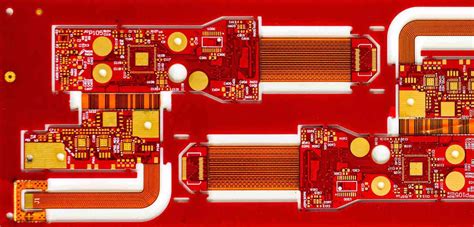
Manufacturing Processes for Flex PCBs: An Overview
The pcb manufacturing process for flexible printed circuit boards (Flex PCBs) involves several specialized steps that distinguish it from traditional rigid PCBs. You should be aware that these processes often require a unique approach to materials and assembly techniques. Initial material selection is crucial, as you will typically choose polyimide or polyester films for the substrate, known for their excellent flexibility and thermal stability. Next, the pcb manufacturing cost can vary greatly depending on design complexity and material choice, making it essential to work closely with reputable pcb manufacturing companies to ensure cost-efficient solutions without compromising quality.
During the design phase, intricate patterns are often created using advanced software tools, allowing for a high level of precision necessary to accommodate the unique characteristics of Flex PCBs. Once the design is finalized, a photolithographic process is used to etch copper traces onto the flexible substrate. Afterward, additional layers may be added through lamination or solder mask application to protect the conductive pathways.
Quality control plays an integral role throughout this procedure; several tests are implemented to ensure that each Flex PCB meets industry standards before reaching its final application stage. You will find that these improvements in production technology not only improve pcb manufacturing business efficiency but also catalyze innovation in electronic applications across various industries.
With a focus on minimizing waste and optimizing resources, the evolution of Flex PCB pcb manufacturing processes continues to be driven by advancements in technology and materials science, matching the increasing demand for compact and lightweight electronic solutions.
Applications of Flex PCBs Across Various Industries
Flex PCBs have become a crucial component across a variety of industries, thanks to their unique attributes that allow for versatile applications. In the medical field, for instance, flexible printed circuit boards are essential for advanced medical devices such as pacemakers and diagnostic imaging equipment. Their lightweight and compact design enables intricate layouts that conform to the limited space within medical instruments. Similarly, in the consumer electronics sector, you will find flex PCBs utilized in smartphones and wearable technology, where they contribute to thinner profiles and enhanced functionalities. The automotive industry also benefits significantly from these flexible circuits; they support various applications from in-car infotainment systems to advanced driver-assistance systems (ADAS), ultimately enhancing the overall vehicle experience.
When considering pcb manufacturing, the ability to produce custom solutions quickly and efficiently is imperative. Collaborating with reputable pcb manufacturing companies can help streamline this process while keeping an eye on the pcb manufacturing cost. Moreover, engaging in a strategic pcb manufacturing business model not only optimizes production but also ensures that quality standards are upheld throughout every step of development. This versatility not only showcases the potential of flex PCBs but also accentuates their growing demand across various sectors as companies seek innovative solutions tailored to their specific needs.
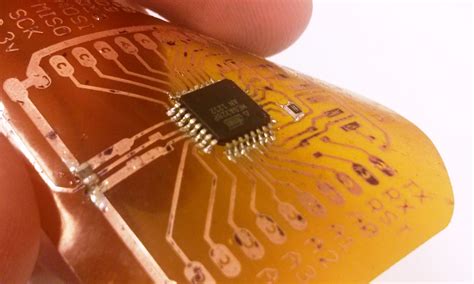
The Growing Demand for Flexible Circuit Solutions
In recent years, the demand for flexible circuit solutions has surged across various sectors, driven by the rapid advancement of technology and the need for compact, lightweight design in electronics. As consumers increasingly favor sleek devices, manufacturers are shifting their focus towards flex PCBs that offer unparalleled versatility and adaptability. This trend is particularly evident in industries such as telecommunications, automotive, and medical devices, where tight spaces and complex layouts are a common challenge. The rise of Internet of Things (IoT) applications has also intensified this demand, as these devices often require flexible circuitry that can fit into unconventional shapes while maintaining performance. Consequently, pcb manufacturing companies are increasingly investing in innovative techniques and machinery to meet this growing need. The pcb manufacturing cost is balanced against the benefits provided by these flexible solutions; by optimizing production techniques, companies can enhance their profit margins while providing clients with cutting-edge technology. This shift not only reflects a change in consumer preferences but also underscores the evolution of the pcb manufacturing business, where flexibility is no longer a luxury but a necessity for staying competitive in today’s market.
Future Trends in Flex PCB Technology
As you explore the landscape of flex PCBs, it’s essential to keep an eye on the future trends that are shaping this dynamic field. One such trend is the increasing integration of flexible circuitry solutions in emerging technologies, particularly in sectors like wearable devices, IoT (Internet of Things), and automotive electronics. The demand for compact and lightweight designs is driving advancements in pcb manufacturing processes, allowing for greater complexity and functionality on thinner substrates. Furthermore, as you consider the role of pcb manufacturing companies, their focus is shifting towards optimizing pcb manufacturing cost through innovations such as automation and advanced materials. These advancements not only help reduce production time but also enhance the durability and performance of flex PCBs, fulfilling the needs of modern electronics. Additionally, sustainability is becoming a crucial aspect, with many companies exploring eco-friendly materials and practices in their pcb manufacturing business to meet regulatory requirements and consumer expectations. Embracing these trends will not only prepare you for future opportunities but also equip you with insights into designing more efficient and effective electronic solutions.

Conclusion
In summary, flex PCBs offer numerous benefits across a wide range of applications, significantly enhancing the capabilities of modern electronics. Their unique structure allows for unparalleled flexibility and compact designs, which can be critical in sectors such as consumer electronics, medical devices, and automotive applications. As you explore the pcb manufacturing landscape, it’s essential to recognize that pcb manufacturing companies are increasingly focusing on these flexible solutions to meet evolving market demands. The adaptability of flex PCBs often results in lower overall pcb manufacturing costs, as they can reduce the need for additional components and assembly processes. Moreover, entering the pcb manufacturing business presents lucrative opportunities due to the rising need for innovative and efficient electronic products. The continued advancement in materials and techniques within this field is likely to drive further growth and enhance functionality, ensuring that flex PCBs remain an integral part of future electronic designs. Embracing these technologies can position your projects at the forefront of electrical engineering innovation.
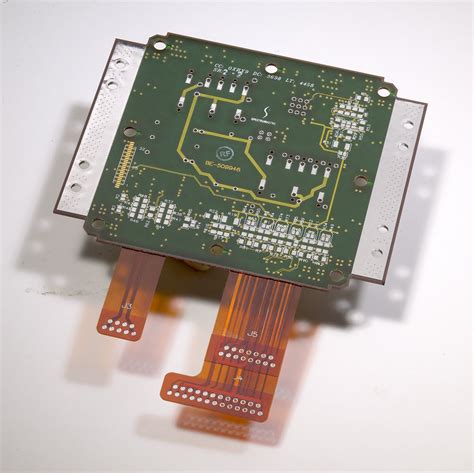
FAQs
What are Flex PCBs?
Flex PCBs, or flexible printed circuit boards, are a type of circuit board that can bend and flex during installation. They are made from flexible materials that allow for a lightweight design, making them ideal for compact and intricate electronic configurations.
Why should I consider Flex PCBs for my project?
Using Flex PCBs can reduce the weight and space required in your designs, ultimately improving your product’s performance. They also provide enhanced reliability through flexibility, reducing the likelihood of breakage compared to traditional rigid PCBs.
What is the role of pcb manufacturing companies in producing Flex PCBs?
PCB manufacturing companies specialize in creating custom printed circuit boards, including Flex PCBs. Their expertise ensures high-quality production standards and precise specifications that meet industry demands.
How does the pcb manufacturing cost compare between Flex and standard rigid PCBs?
While pcb manufacturing cost may be higher for Flex PCBs due to their complex designs and materials used, the benefits they provide often justify the expense. The overall savings in space usage and product performance can outweigh initial production costs.
What should I look for when choosing a pcb manufacturing business?
When selecting a pcb manufacturing business**, consider their experience with Flex PCB production, customer reviews, quality assurance processes, delivery times, and their ability to scale with your project needs.
If you’re looking to understand more about Flex PCB solutions or want to explore your options further, please click here: Andwin PCB Manufacturing.

